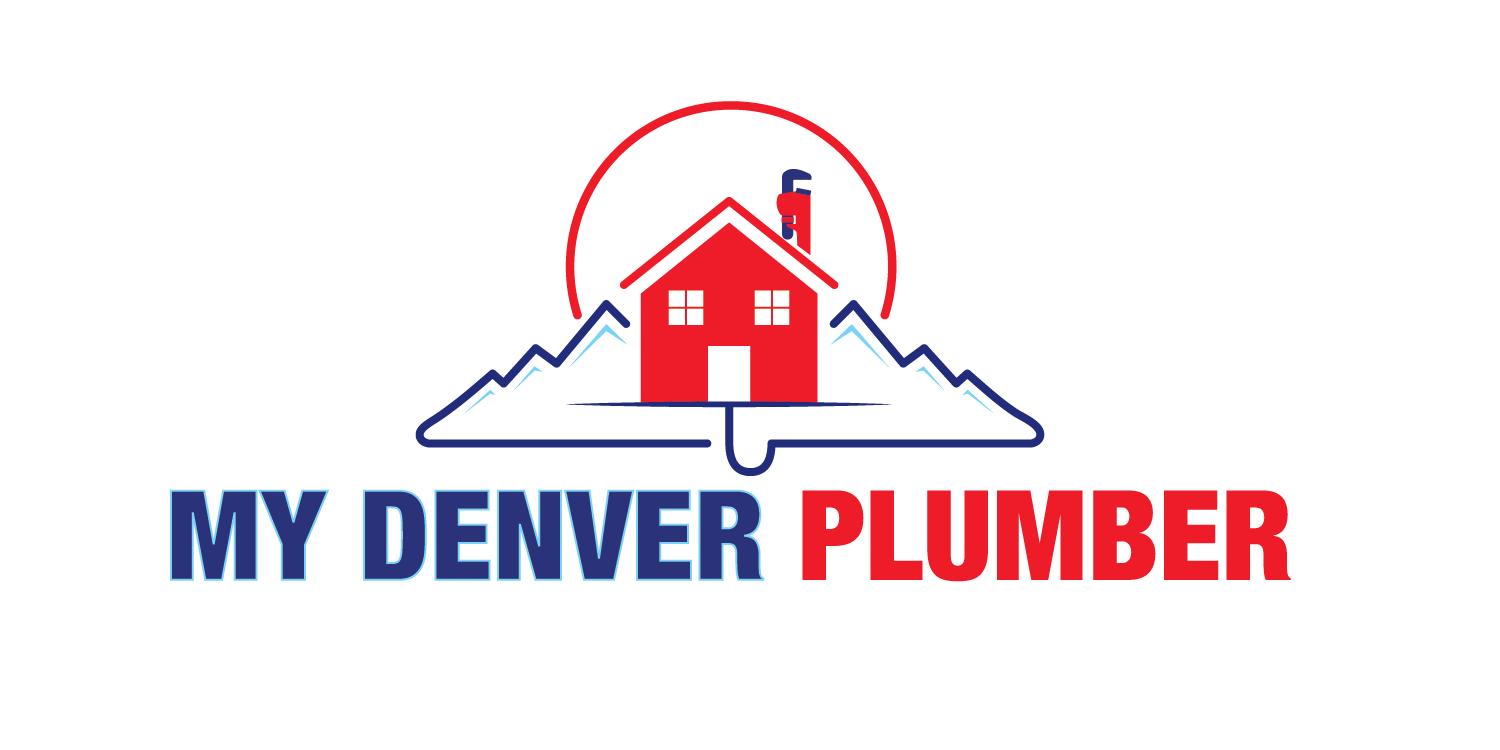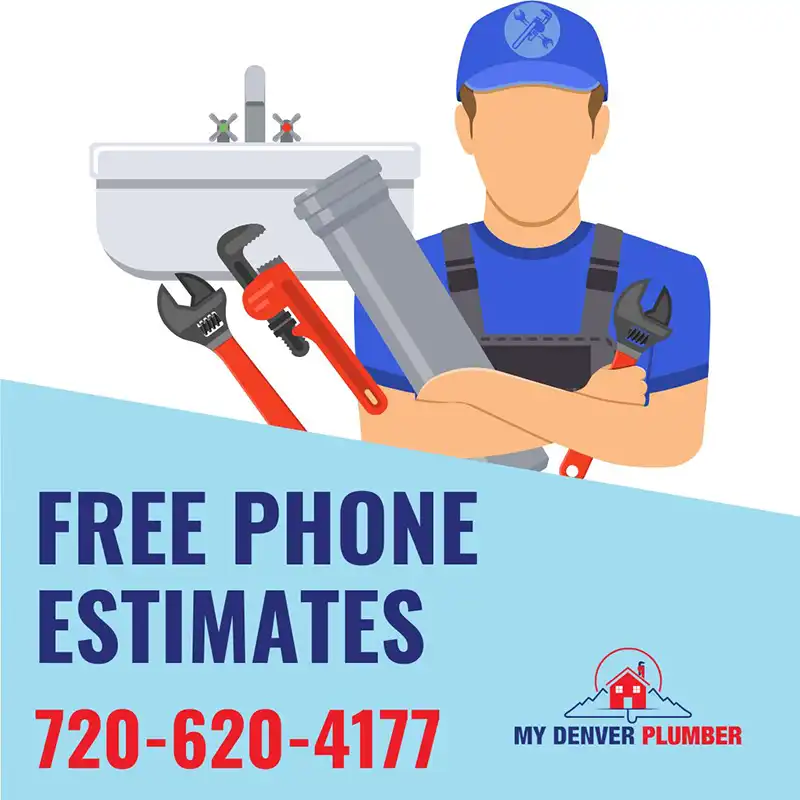Plumbing issues are a common headache for homeowners, but being equipped with the right tools can make tackling minor plumbing problems a lot easier. While some situations require the expertise of a professional plumber, many can be resolved with a bit of know-how and the right equipment. In this article, we’ll cover the essential plumbing tools every homeowner should have and provide guidance on when to handle issues yourself and when to call in a professional.
Essential Plumbing Tools for Homeowners
1. Plunger
A plunger is a must-have tool for every household. It’s the first line of defense against clogged sinks, toilets, and drains. There are two main types of plungers: the cup plunger (flat-bottomed) for sinks and bathtubs, and the flange plunger (with an extended rubber lip) for toilets. Proper use involves creating a seal around the drain and using a vigorous up-and-down motion to dislodge the blockage.
2. Adjustable Wrench
An adjustable wrench is versatile and can be used to tighten or loosen nuts and bolts of various sizes. It’s particularly useful for plumbing tasks like adjusting the fittings on pipes and fixtures. Look for one with a comfortable grip and smooth adjustment mechanism.
3. Pipe Wrench
Pipe wrenches are essential for working with threaded pipes. These heavy-duty tools have serrated jaws that grip tightly onto pipes, providing the leverage needed to loosen or tighten them. It’s helpful to have two pipe wrenches: one to hold the pipe steady and the other to turn the fitting.
4. Tongue-and-Groove Pliers
Also known as channel locks, these pliers have adjustable jaws that can grip objects of various sizes. They’re perfect for turning, holding, and gripping pipes and fittings. Their long handles provide extra leverage, making it easier to tackle tough jobs.
5. Plumber’s Tape (Teflon Tape)
Plumber’s tape, or Teflon tape, is used to create a watertight seal on threaded pipe joints. It prevents leaks by filling the gaps between threads. Simply wrap the tape around the threads in a clockwise direction before connecting the pipes.
6. Basin Wrench
A basin wrench is specifically designed for working in tight spaces under sinks. Its long handle and pivoting jaw make it ideal for reaching and tightening nuts and bolts that are otherwise difficult to access.
7. Plumber’s Snake (Drain Auger)
When a plunger isn’t enough to clear a stubborn clog, a plumber’s snake, or drain auger, can come to the rescue. This tool consists of a long, flexible cable that can be fed into drains to break up and remove blockages. Hand-crank models are usually sufficient for home use.
8. Hacksaw
A hacksaw is useful for cutting through metal or plastic pipes, nuts, bolts, and other hardware. Ensure the blade is sharp and the frame is sturdy for precise cuts.
9. Plumber’s Putty
Plumber’s putty is a pliable sealing compound used to create watertight seals around sinks, faucets, and drains. It’s easy to work with and can be removed if necessary, making it ideal for temporary fixes.
10. Caulk Gun and Plumber’s Caulk
Caulking is essential for sealing joints and preventing water from seeping into unwanted areas. A caulk gun helps apply an even bead of caulk, which is particularly useful for sealing around bathtubs, sinks, and toilets.
When to DIY and When to Call a Professional
DIY Plumbing Repairs
Many minor plumbing issues can be handled by a competent DIYer with the right tools and knowledge. Here are some common problems that you can usually tackle on your own:
- Clogged Drains: Use a plunger or plumber’s snake to clear blockages in sinks, toilets, and showers.
- Leaky Faucets: Replace worn-out washers or cartridges in faucets to stop leaks.
- Running Toilets: Adjust the float and replace flapper valves to fix a toilet that won’t stop running.
- Loose Fixtures: Tighten loose fittings and connections with an adjustable wrench or basin wrench.
When attempting DIY repairs, always turn off the water supply to prevent flooding and further damage. Additionally, follow manufacturer instructions and safety guidelines for each tool and fixture.
When to Call a Professional Plumber
While DIY repairs can save money and time, certain situations require the expertise of a professional plumber to ensure the job is done safely and correctly. Here are some scenarios where calling a professional is highly recommended:
- Major Leaks and Burst Pipes: If you experience significant water leakage or a burst pipe, it’s essential to call a plumber immediately. These issues can cause extensive damage to your home if not addressed quickly and correctly.
- Sewer Line Issues: Problems with your main sewer line, such as severe clogs or backups, are beyond the scope of DIY repairs. A professional plumber has the tools and expertise to diagnose and resolve these issues without causing further damage.
- Water Heater Problems: Water heaters are complex appliances, and repairs often involve gas lines or electrical components. If your water heater is malfunctioning, leaking, or not providing hot water, it’s best to leave the repair to a professional.
- Pipe Replacement: Replacing old or damaged pipes requires knowledge of plumbing codes and techniques. Improper installation can lead to leaks, water damage, and potential health hazards.
- Low Water Pressure: Persistent low water pressure can be a sign of a more significant problem, such as a hidden leak, pipe corrosion, or a malfunctioning pressure regulator. A plumber can diagnose the cause and recommend the best solution.
- Remodeling Projects: If you’re planning a kitchen or bathroom remodel that involves moving plumbing fixtures or installing new ones, hiring a professional ensures that the work complies with local building codes and is done correctly.
Safety Tips for DIY Plumbing
When tackling DIY plumbing projects, safety should always be your top priority. Here are some tips to help you stay safe:
- Turn Off the Water Supply: Before starting any plumbing repair, turn off the water supply to the affected area. This prevents accidental flooding and water damage.
- Use the Right Tools: Ensure you have the correct tools for the job to avoid damaging pipes and fixtures. Using the wrong tools can lead to costly repairs and potential injury.
- Wear Protective Gear: Wear gloves, safety glasses, and appropriate clothing to protect yourself from sharp edges, chemicals, and hot water.
- Follow Instructions: Carefully read and follow the manufacturer’s instructions for any tools and materials you use. This helps ensure safe and effective repairs.
- Know Your Limits: If you’re unsure about a repair or feel uncomfortable performing it, don’t hesitate to call a professional. Attempting complex repairs without the necessary knowledge can lead to more significant problems and safety hazards.
Having a well-stocked toolbox with essential plumbing tools can empower homeowners to tackle minor repairs and maintenance tasks confidently. From plungers to pipe wrenches, these tools are invaluable for addressing common plumbing issues. However, it’s crucial to recognize when a problem is beyond your capabilities and requires professional assistance.
By understanding the difference between DIY-friendly repairs and those best left to the experts, you can maintain your plumbing system effectively while avoiding costly mistakes. Investing in quality tools and taking the time to learn basic plumbing skills can save you time, money, and stress in the long run. Remember, when in doubt, don’t hesitate to call My Denver Plumber to ensure the safety and functionality of your home’s plumbing system. Contact us or book an appointment online.


